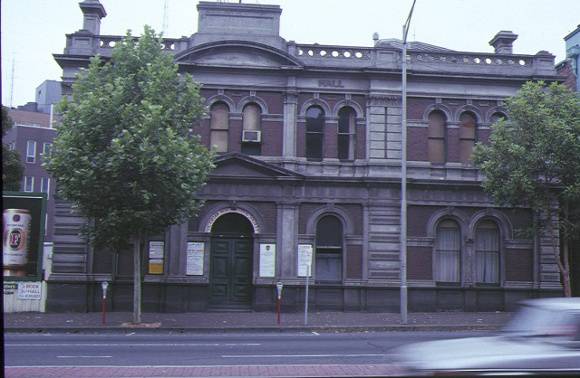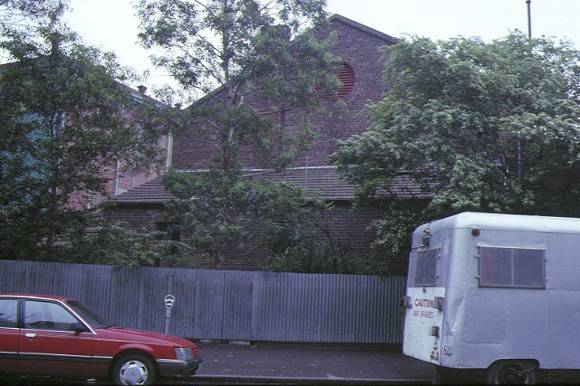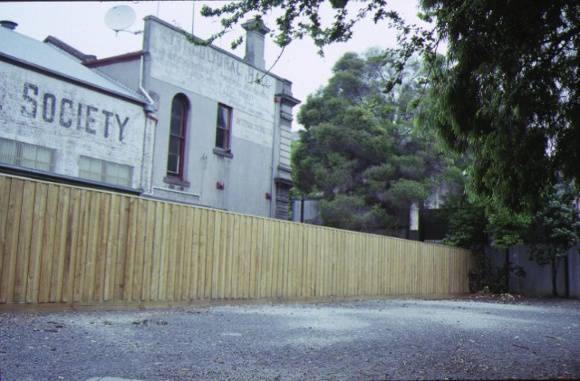| Back to search results » | Back to search page » |
|
HORTICULTURAL HALL
Other NameHorti Hall Location31-33 VICTORIA STREET MELBOURNE, MELBOURNE CITY
File Number604227LevelRegistered |
|
Statement of Significance
What is significant? The Horticultural Hall was established on the current site when the Victorian Horticultural Improvement Society erected an iron shed in 1859. The original shed was replaced in 1873 by the present two storey brick hall with a gabled roof designed by architect William Ellerker, and erected at a cost of £2000. The land was temporarily reserved from sale by the government in 1866 and then permanently reserved in 1889. In 1878 a symmetrical two storey brick building with a bluestone plinth was added between the existing hall and Victoria Street. The facade follows a typical Victorian composition of classical elements, whereby the main entrance is expressed by pediments and is flanked by identical window bays. In 1888 this building was extended by one bay, at a cost of £1800, to create an asymmetrical facade. The cement mouldings include Doric piers, an entablature and acanthus leaf pilaster capitals. The interior is plain but mostly intact. The restrained decoration of the main hall includes Doric pilasters around the walls and the roof is lined with diagonal boards. How is it significant? The Horticultural Hall is of architectural and historical significance to the State of Victoria. Why is it significant? The Horticultural Hall is historically significant as one of a once large number of assembly halls which played an important social role in Melbourne as the venue for various clubs and societies. The Horticultural Hall is unusual as one of the most intact of a handful of such halls that survive today. The site has been continuously occupied by the Society since 1859. The Horticultural Hall is architecturally significant as an expression of the evolution of the classical style in Victoria. The decorative treatment of the facade represents a mid-point between the hierarchical treatment of the Renaissance Revival style and the later, more embellished and less restrained designs of the so-called boom period.
Group
Community Facilities
Category
Hall, Club/Hall, Social









